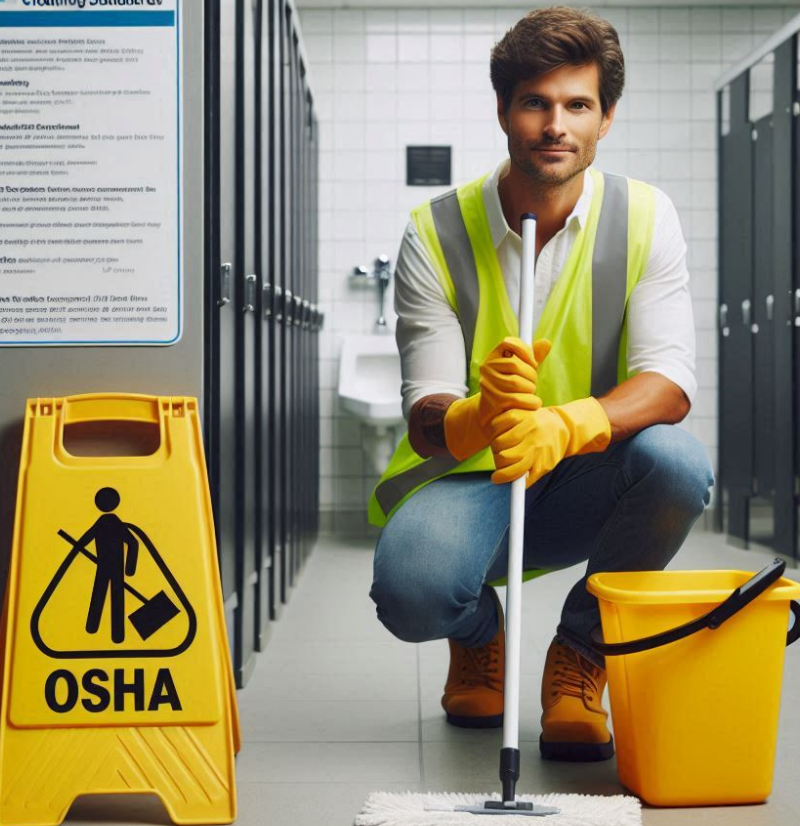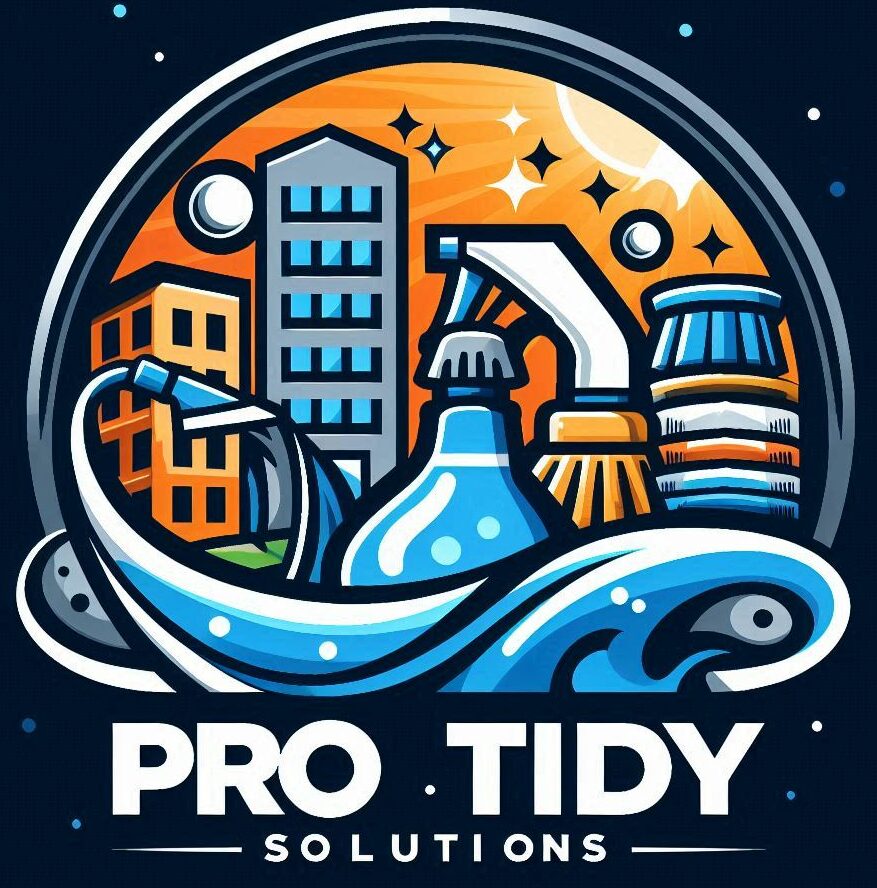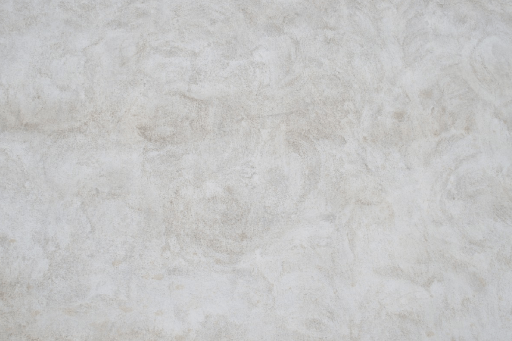Cleaning industry standards may seem like a straightforward concept, but they play a crucial role in setting benchmarks for quality, hygiene, and safety across various environments. These standards are designed to make sure that cleaning processes are thorough and effective. They cover everything from the types of chemicals used to the methods employed for different surfaces.
Why does this all matter? Well, maintaining high cleaning standards isn’t just about making things look good. It’s about ensuring a safe and healthy environment for everyone who uses the space. Whether it’s hospitals, schools, or offices, upholding these standards helps prevent the spread of infections, reduces health risks, and can even boost productivity and morale.
Several key organizations are responsible for developing and upholding these standards. They include national and international bodies that specialize in public health and safety regulations. Their guidelines often mold how industries implement cleaning practices, ensuring a level of uniformity and reliability across different sectors.
Comprehending Core Cleaning Standards
Cleaning standards might sound like a bunch of jargon but understanding them is key to ensuring effective hygiene management. The five core cleaning standards are integral to maintaining cleanliness and safety across various environments. They are not just about aesthetics; they form the backbone of efficient cleaning practices that protect health and promote safety.
The first standard focuses on identifying the cleaning needs unique to each environment. This could vary from the rigorous needs of a hospital to the general upkeep required in a corporate office. Recognizing these needs helps tailor cleaning strategies appropriately.
The second standard emphasizes the importance of using the right tools and materials. It’s not just about having a mop and broom; it’s about ensuring you use the correct cleaning agents that can effectively sanitize different surfaces without causing harm.
Training and competency standards ensure that staff are well-equipped with the knowledge and skills required to carry out cleaning tasks effectively. This is crucial because well-trained staff can significantly reduce the risk of errors and improve the overall quality of cleaning services.
Another critical standard is quality control. Consistent inspections and evaluations help maintain the level of cleanliness expected. It’s about verifying that cleaning activities meet the established guidelines and adjusting methods when discrepancies arise.
Lastly, health and safety protocols ensure that cleaning staff and building occupants remain safe. This includes proper chemical handling, protective gear usage, and safety signage to prevent accidents and health hazards.
By keeping these standards in mind, businesses can maintain a clean, safe, and welcoming environment for everyone.
OSHA Cleaning Standards: Ensuring Workplace Safety

OSHA, or the Occupational Safety and Health Administration, sets vital standards that help create safe and healthy workplaces. These regulations are a big deal in the cleaning industry as they address significant health and safety concerns.
At the core of OSHA’s cleaning standards are guidelines related to proper chemical handling. These standards demand that employees know how to handle potentially hazardous substances safely. Proper labeling and access to Material Safety Data Sheets (MSDS) are essential components here.
There’s a strong focus on personal protective equipment (PPE) too. Ensuring that cleaning staff wear the right protective gear—like gloves, masks, and eyewear—guards them against harmful exposures. Employers have a duty to provide appropriate PPE and ensure its regular use.
Another crucial element of OSHA standards is the use of correct cleaning techniques and practices. This means employees must be trained on specific methods that reduce the risk of injury and improve cleaning effectiveness. Regular training helps keep everyone informed of the latest safety practices and technological advancements.
Compliance isn’t a one-and-done thing. Regular audits and monitoring are essential to ensure ongoing adherence to OSHA standards. Employers need to address any lapses quickly and effectively to maintain a safe working environment.
Understanding these standards deeply impacts how cleaning operations are conducted, ensuring that both public spaces and workplaces remain safe and healthy. Following OSHA guidelines not only prevents accidents but also promotes a culture of safety and responsibility.
Demystifying CIMS Certification
CIMS, or the Cleaning Industry Management Standard, is a certification that sets a high benchmark for quality and excellence in the cleaning industry. This certification isn’t just about ticking boxes—it’s a comprehensive framework that helps cleaning companies demonstrate their professionalism and commitment to quality service.
Being CIMS certified means a company has proven its capability to deliver consistent, high-standard cleaning services. This certification involves examining business operations, management systems, and the overall quality of service. Essentially, it evaluates whether a company can meet the stringent demands of today’s cleaning challenges.
Achieving CIMS certification provides numerous benefits. It can significantly enhance a company’s credibility, making it attractive to potential clients who prioritize quality assurance in their services. Furthermore, it fosters a workplace culture focused on continuous improvement and operational excellence.
The certification process involves detailed assessment and compliance with key principles such as management competence, quality systems, service delivery, and health and safety, among others. Cleaning companies often undergo rigorous preparation to meet these CIMS criteria, showcasing their dedication to maintaining superior standards.
Real-world examples show that companies with CIMS certification often report improvements in business efficiency and customer satisfaction. This accolade signifies a marker of trust and reliability, offering a competitive edge in the rapidly evolving cleaning industry landscape.
“This post contains affiliate links. If you make a purchase through these links, I may earn a commission at no extra cost to you.”


Keeping your work spaces clean and hygienic is actually quite hard work if it is to be done properly. One would either need to hire someone to take care of this task on a permanent basis or get an outside cleaning service in, which might be a bit more cost effective in the long run and in this way you know all your cleaning needs are being addressed.
Which would you think would be the best option?
Hey Michel,
Thanks for sharing your thoughts! You’re absolutely right—keeping workspaces clean and hygienic is no small feat. It really comes down to whether you want to hire someone permanently or bring in an outside cleaning service.
From my experience, hiring an outside cleaning service can be more cost-effective and ensures that all your cleaning needs are consistently met. Plus, it takes the hassle out of managing an in-house cleaning staff. But if you prefer having someone on-site who knows the ins and outs of your workspace, a permanent hire might be the way to go.
-Jay